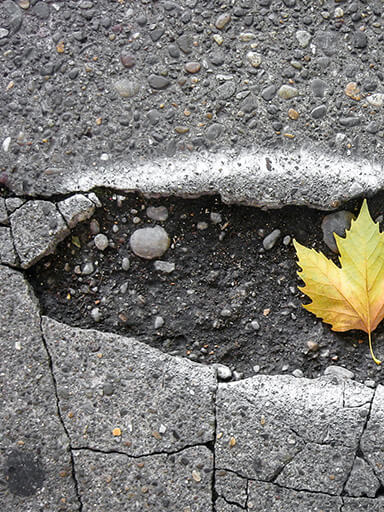Work Accident
Specialist Clinical Negligence Solicitors
APIL Accredited Solicitor
We Put Our Clients First
No Win No Fee
Help with Rehabilitation & Recovery
Call 0800 0747 644 now or request a callback
A&E Claims: Accident & Emergency Negligence Claims
A&E departments are under increasing strain. The lack of funding to A&E departments across the UK has been well documented in the media, as have the numerous mishaps that have occurred as a result of reduced staff, financial cuts, and changes to policies.
If you or your family have suffered as a result of clinical negligence at a hospital A&E department, you may be entitled to make a claim for
What is an A&E department?
An Accident and Emergency department (or casualty area as it may otherwise be known) is an area of the hospital reserved for dealing with life threatening injuries.
Patients do not need an appointment to attend A&E, but are encouraged to attend immediately if they are suffering from a potentially life threatening injury or condition.
Symptoms that typically warrant assessment and treatment in an A&E department include:
- Severe chest pain
- Severe difficulty breathing
- Severe bleeding
- Severe allergic reactions
- Severe burns
- Loss of consciousness
- Severely altered mental state
Individuals with symptoms such as those stated above should not wait to make an appointment to see their GP, but should attend their nearest A&E department.
A&E departments are equipped with specialist treatments and staff to help individuals in emergency situations.
Unfortunately, many people attend A&E with injuries and complaints that do not require immediate medical attention. The influx of patients who do not necessarily need A&E help causes problems within the A&E department; the department becomes too full, staff are unable to care for all patients, waiting times become extensive and, ultimately, mistakes are made. Even so, medical negligence in any hospital setting is inexcusable. The effects of medical negligence on a patient can be devastating; depending on the patient’s condition, delays in diagnosing and treating a patient could have a significant effect on their quality of life. In extreme cases, delays and misdiagnosis could prove fatal.
What happens at A&E?
There are three stages of accessing A&E treatment. They are:
- Registering
When you arrive at A&E, you will need to register with the receptionist. The receptionist will ask about your symptoms and you will be allocated a priority. You will then be asked to sit in the waiting room and wait for the second stage of your A&E treatment – assessment.
- Assessment (known as triage)
We work on a no win no fee basis.
Find out how much you could claim for your injury.
98% of Clients Would Recommend Us to a Family Member
Before being seen by a doctor, you will be assessed by a nurse. This process is known as triage; it is designed to ensure that the care of patients with serious conditions is prioritised and patients are treated in order of priority. In some cases, the severity of a patient’s illness may be underestimated at the assessment stage, potentially resulting in further complications.
- Treatment, transfer or discharge
How you are treated during the third stage depends on the outcome of your assessment; you may need further tests and, if so, will be led to a different area of the A&E department almost immediately. If you are presenting with less severe symptoms, you will be asked to wait until a doctor can assess your situation. In some cases, you may be redirected to a less urgent care centre such as walk in centre, or asked to make an appointment with your GP.
Problems in A&E
A current problem in A&E is waiting times. The waiting time target for patients visiting A&E has been set at four hours from arrival to treatment, transfer or discharge; however, this target is often not met. Patients presenting with less severe injuries – such as potential fractures – may have to wait longer. When waiting times are high, stress amongst staff members can cause errors to occur more frequently, resulting in complications for the affected patients. A lack of beds throughout the hospital may mean that patients who should be hospitalised are sent home.
Can I make an A&E Claim?
If you feel that the treatment you receive in A&E was sub-standard and contributed to complications with your condition, you may be able to make a successful claim for compensation. Common claims people make against A&E departments include:
- Failure to order x-rays or other scans
- Failure to identify the seriousness of a condition
- Failure to diagnose a patient’s condition/misdiagnosis
- Failure to diagnose fractures, resulting in further complications
- Failure to assess patients properly due to excessive waiting times and staff shortages
- Failure to identify severe conditions, such as heart attacks, haemorrhages and spinal cord injuries
- Failure to respond appropriately to children who are ill and presenting with potential symptoms of meningitis
- Failure to carry out appropriate tests
- Failure to interpret tests correctly
- Failure to identify patients with mental health issues who are at risk of harming themselves or others
If you have been affected by any of the above, contact Yorkshire leading Medical Negligence Solicitors at Grieves Solicitors, Let’s discuss what has happened, we will then be able to best advise on what to do next with regards to progressing a claim for compensation. We will fight to get you the compensation you deserve.
Ready to discuss your claim?
Contact our team of expert Personal Injury Solicitors for no-obligation advice.
Call FREE on 0800 0747 644 or complete the contact form.
By submitting your details on this form, you agree to our Privacy Policy. Information on how we handle your data is in our Privacy Policy.




